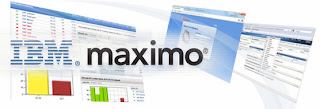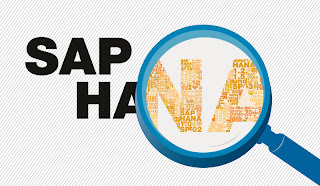 IBM MAXIMO : The IBM Maximo Asset Management is a collaborative repository of technical information about IBM Maximo Asset Management.Maximo Asset Management is an Enterprise Asset Management system that provides comprehensive support for asset, maintenance, resource and parts supply chain management needs.
IBM MAXIMO : The IBM Maximo Asset Management is a collaborative repository of technical information about IBM Maximo Asset Management.Maximo Asset Management is an Enterprise Asset Management system that provides comprehensive support for asset, maintenance, resource and parts supply chain management needs.Spotlight on Maximo Asset Management Scheduler Version 7.5.2
Learn how Maximo Asset Management Scheduler Version 7.5.2 streamlines the work management process with enhancements to scheduling, work assignment, and crew maintenance capabilities.
Version 7.5.2 introduces the ability to compare optimization scenarios and develop an approved set of scheduled work orders based on the most efficient allocation of resources.
HADOOP BIGDATA: Big data (also spelled Big Data) is a general term used to describe the voluminous amount of unstructured and semi-structured data a company creates -- data that would take too much time and cost too much money to load into a relational database for analysis. Although Big data doesn't refer to any specific quantity, the term is often used when speaking about petabytes and exabytes of data.
A primary goal for looking at big data is to discover repeatable business patterns. It’s generally accepted that unstructured data, most of it located in text files, accounts for at least 80% of an organization’s data. If left unmanaged, the sheer volume of unstructured data that’s generated each year within an enterprise can be costly in terms of storage. Unmanaged data can also pose a liability if information cannot be located in the event of a compliance audit or lawsuit.
Big data analytics is often associated with cloud computing because the analysis of large data sets in real-time requires a framework like MapReduce to distribute the work among tens, hundreds or even thousands of computers.
 SAP HANA: With the advent of SAP HANA Enterprise 1.0, SAP is extending its reach beyond enterprise-class applications. It digs into the database engine/storage layer just below that supports data exploration and business analytics tasks as well as transactional applications.
SAP HANA: With the advent of SAP HANA Enterprise 1.0, SAP is extending its reach beyond enterprise-class applications. It digs into the database engine/storage layer just below that supports data exploration and business analytics tasks as well as transactional applications. Any time a stalwart technology vendor enters a new market, customers inevitably have questions about the technology itself, the direction of the vendor’s product portfolio, and, most importantly, how the new offering impacts their organizations. Wikibon has conducted a detailed assessment of HANA, including its technological underpinnings, potential use-cases, shortcomings, what it signals for the direction of SAP as an enterprise software vendor, and what HANA means for enterprise customers.
What is SAP HANA?
SAP HANA Enterprise 1.0 is an in-memory computing appliance that combines SAP database software with pre-tuned server, storage, and networking hardware from one of several SAP hardware partners. It is designed to support real-time analytic and transactional processing.
What are the technical components that make up HANA?
The heart of SAP HANA Enterprise 1.0 is the SAP In-Memory Database 1.0, a massively parallel processing data store that melds row-based, column-based, and object-based storage techniques. Other components of SAP HANA Enterprise 1.0 include:
■SAP In-Memory Computing Studio,
■SAP Host Agent 7.2,
■SAPCAR 7.10,
■Sybase Replication Server 15,
■SAP HANA Load Controller 1.00, and,
■SAP Landscape Transformation 1 - SHC for ABA.
SAP HANA runs the SUSE Linux Enterprise Server 11 SP1 operating system. It is generally delivered as an on-premise appliance and is available now.
DATABASES:
- ORACLE
- DB2
- TERADATA
- SQL
- SQL SERVER

It was Very Use Full Article
ReplyDeleteWe need More Article's like this
ReplyDelete